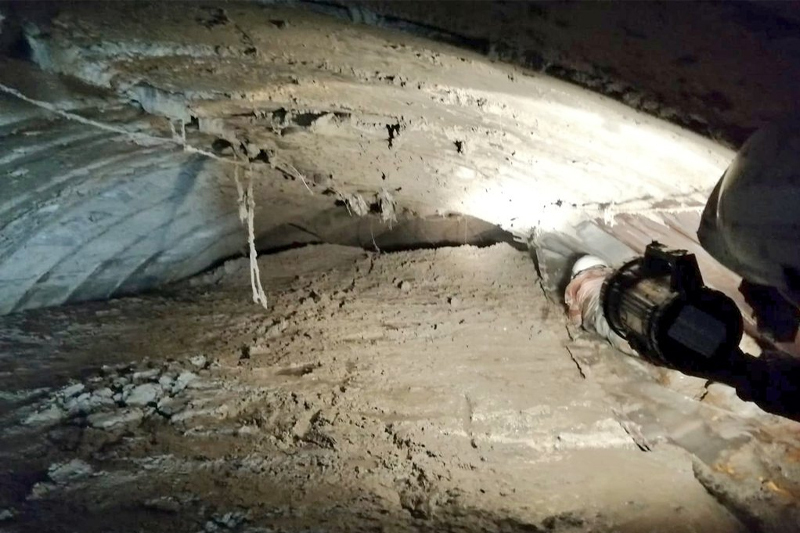
Uttarakhand Tunnel Collapse: Will There Be A Need For Plan C?
A tunnel on the Yamunotri National Highway, meant to connect Silkyara and Dandalgaon in Uttarakhand’s Uttarkashi district, collapsed on Sunday, trapping 40 workers inside.
The labourers hail from Bihar, Jharkhand, West Bengal, Odisha, Uttar Pradesh, Himachal Pradesh and Uttarakhand, according to the District Emergency Operation Centre.
As the rescue work enters the fifth day, officials have said the trapped workers are safe and being supplied with food, water and oxygen through a pipe.
“High Chance Of Plan B Being Successful”
Rescuers have brought in state-of-the-art, American-made “horizontal dry drilling equipment with auger”. The equipment was 3 metres in after half an hour on Thursday, said Col Deepak Patil.
The former GM, National Highways & Infrastructure Development Corporation Limited (NHIDCL) said “there was a high chance of plan B being successful.”
In the latest development, drilling has begun and as of now, a 6-metre pipe has been pushed into the under-construction tunnel. Welding for the second pipe is in progress.
Workers Complain Of Headaches, Nausea
With 40 men having spent more than 80 hours trapped inside the tunnel, RCS Panwar, the Chief Medical Officer of Uttarkashi, reported Wednesday some concerns over their health.
He said some labourers have complained of minor headaches and nausea, noting the delivery of essential medicines and dry fruits is being ensured through a 6-inch pipe.
Plus, arrangements have already been made for when the men are rescued, including a makeshift hospital near the tunnel and provisions to transfer serious cases to AIIMS Rishikesh.
What Led To Uttarakhand Tunnel Collapse?
While an official report is awaited, Manoj Garnayak, an expert in underground construction and a former project director at L&T, explained how the disaster could have been prevented.
The failure could have happened due to a loose patch of rock, which wasn’t visible at the time of construction. The patch might have consisted of fractured or fragile rock.
Another reason could be the seepage of water through a loose patch. Water erodes loose rock particles over time, paving the way for a void on the top of the tunnel, which can’t be seen.




